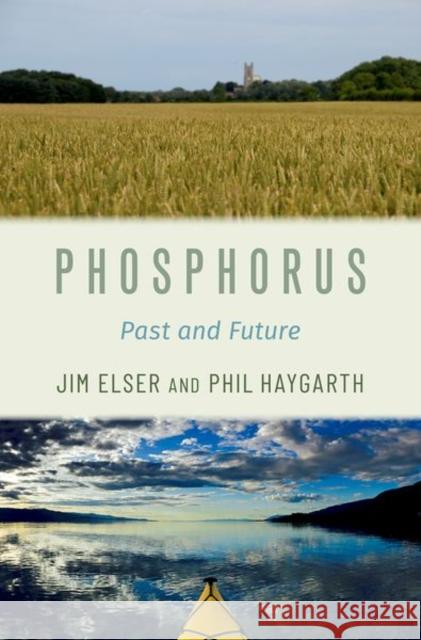Phosphorus: Past and Future » książka
topmenu
Phosphorus: Past and Future
ISBN-13: 9780199916917 / Angielski / Twarda / 2020 / 248 str.
Kategorie BISAC:
Wydawca:
Oxford University Press, USA
Język:
Angielski
ISBN-13:
9780199916917
Rok wydania:
2020
Ilość stron:
248
Waga:
0.43 kg
Wymiary:
21.08 x 14.48 x 2.29
Oprawa:
Twarda
Wolumenów:
01
Dodatkowe informacje:
Bibliografia











